SARS Introduces Customs Taxes on Low-Value E-Commerce Purchases
Few institutions are as robust in South Africa as SARS – the South African Revenue Service, responsible for managing the country’s tax collection, enforcing customs duties and ensuring each of our compliance with national tax laws.
As our world continues to shift, and the growth of e-commerce advances at an exponential rate, SARS have had to reassess tax obligations for e-commerce transactions, particularly for low-value imports from global retail giants like Shein and Temu. As we all know, the emergence of Temu on the retail scene has left any and all online search for any product with their offerings front and centre— and at wildly low prices. For an economic base such as South Africa, faced with low income rates and high unemployment, platforms like Shein and Temu serve as the perfect storm to satisfy the collective demand for both basic material needs and excessive consumption. These international e-commerce giants offer affordable goods that are often significantly cheaper than locally available products, making them attractive to cash-strapped consumers.
The question, then, has become the broader impact on South Africa’s local economy. With many South African retailers unable to compete on price, the flood of inexpensive imports threatens to undermine local businesses and in particular industries such as fashion, where product pricing is sensitive to production costs. Our ability to manufacture fashion locally has significantly diminished in recent decades — a topic we looked at more closely on South Africa’s manufacturing legacy for Interlude Chapter 26, last year.

Landfill by Twiggy Jia, via Pexels

Image by Natalia Voitkevich, via Pexels
As of September 2024, SARS took steps to ensure an even playing field could be levelled between local retail and the allure of international accessibility. With the introduction of a 45% Value-Added Tax (VAT) on all imported goods, including those valued below R500 — a price point previously exempt from import tax — shoppers of giants like Shein and Temu can now experience significant additions to their total order amount than simply the check-out amount and shipping fees.
Along with VAT, the South African government has also restructured customs duties. Low-value consignments, previously exempt or taxed lightly, now fall under stricter duty categories, with this restructuring aligning with global standards set by the World Customs Organization, ultimately ensuring fair competition is experienced by local manufacturers and retailers. Now, a consumer purchasing from Shein might find that their R1,000 order incurs an additional customs fee, making their total purchase much more expensive than anticipated.
Local retailers have largely welcomed the new tax measures, with the understanding that they are necessary to protect South Africa’s retail sector and to address the imbalance caused by cheaper international imports. In an interview with Fibre2Fashion, Michael Lawrence of the National Clothing Retail Federation emphasised that these tax changes are essential for ensuring fair competition and supporting local jobs, saying that “by enforcing the 45 per cent VAT on packages under R500, we anticipate a more level playing field, which will simplify the competitive landscape for all market players. This measure is expected to support the local manufacturing sector by reducing the unfair advantage previously enjoyed by some offshore retailers, thereby fostering a more equitable and sustainable market environment.” In addition, Michael noted that this is part of an ongoing effort to protect our consumer legislation, and that such “measures will ensure that South African consumers are protected by the country’s robust consumer protection legislation. There is a concern about offshore operators without a local presence, as they do not provide the same level of consumer protection and recourse that local South African-based operators, whether locally or internationally owned, are required to offer. This move aims to enhance consumer safety and ensure fair competition within the market.”
While these tax changes aim to create a more level playing field for local businesses, they come at a cost for consumers who now face higher prices on low-value imports. From a privileged perspective, one would argue that challenging any material excess coming in at the cost of our own local, economic future is a non-negotiable— however, this stance doesn’t fully reconcile with the economic nuances within South Africa, in which issues like pervasive inequality are at play.
As the saying goes— nothing in life comes for free; not even the deliriously low cost products on Temu and Shein.
For more news, visit the Connect Everything Collective homepage www.ceconline.co.za

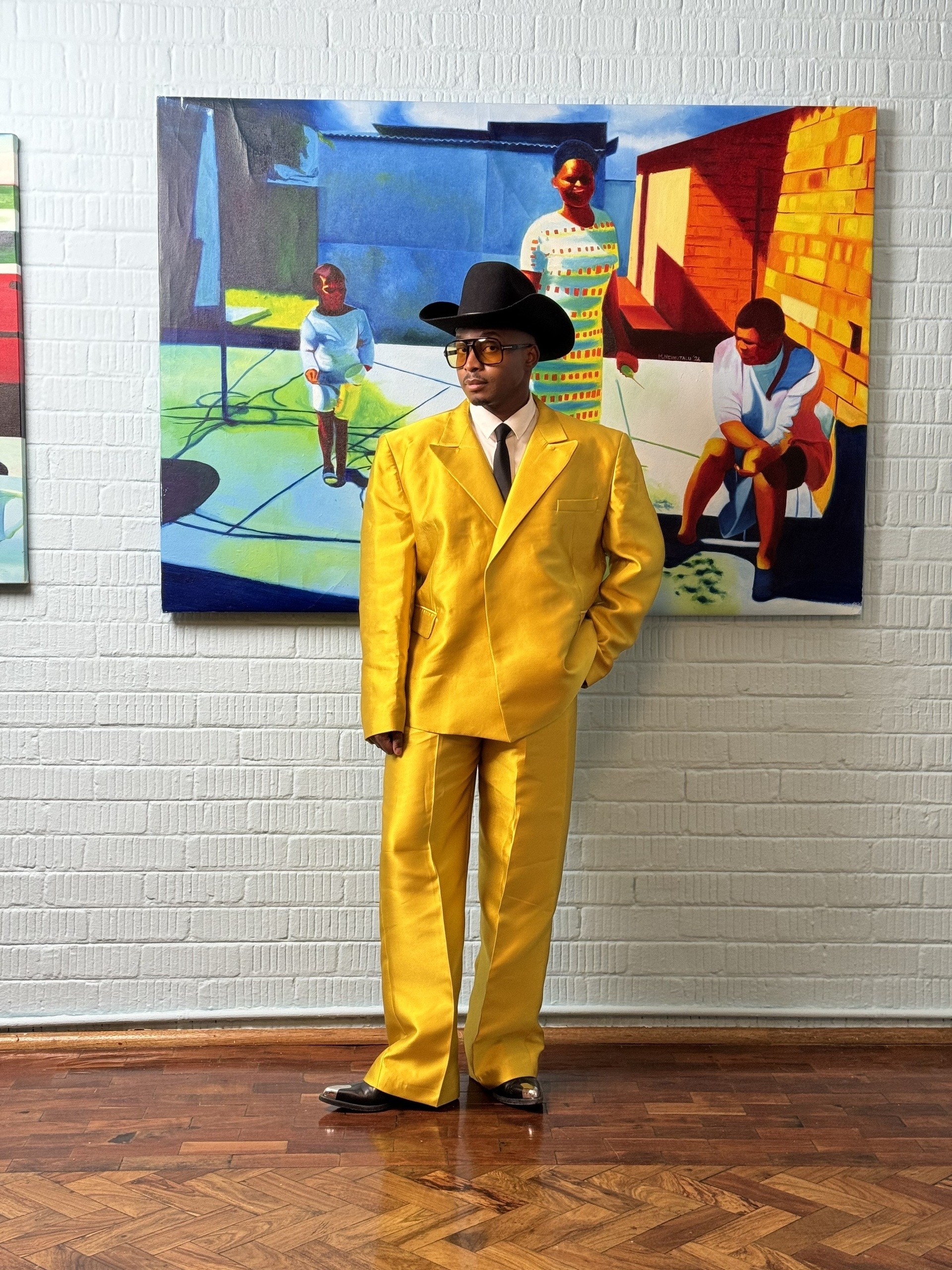
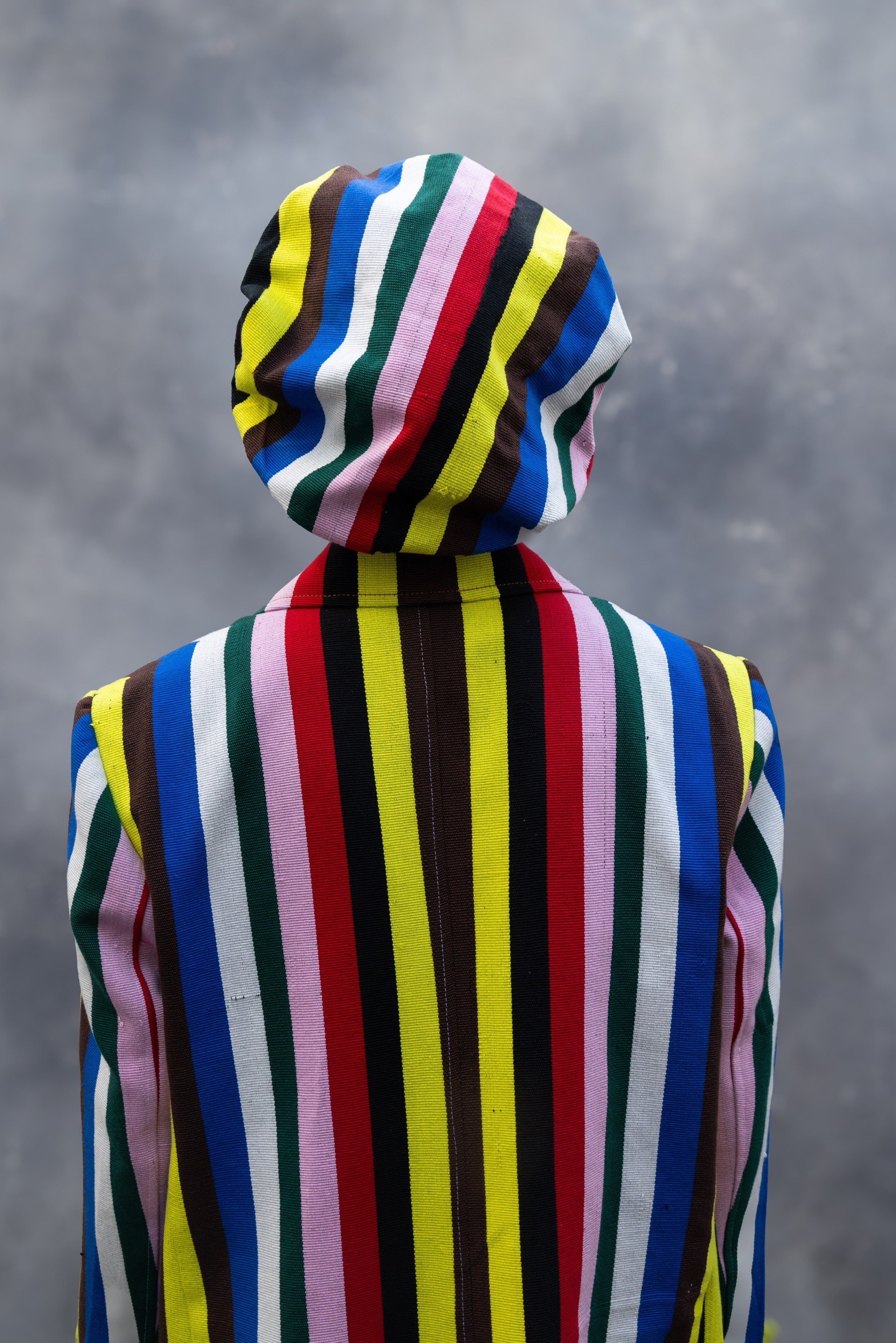
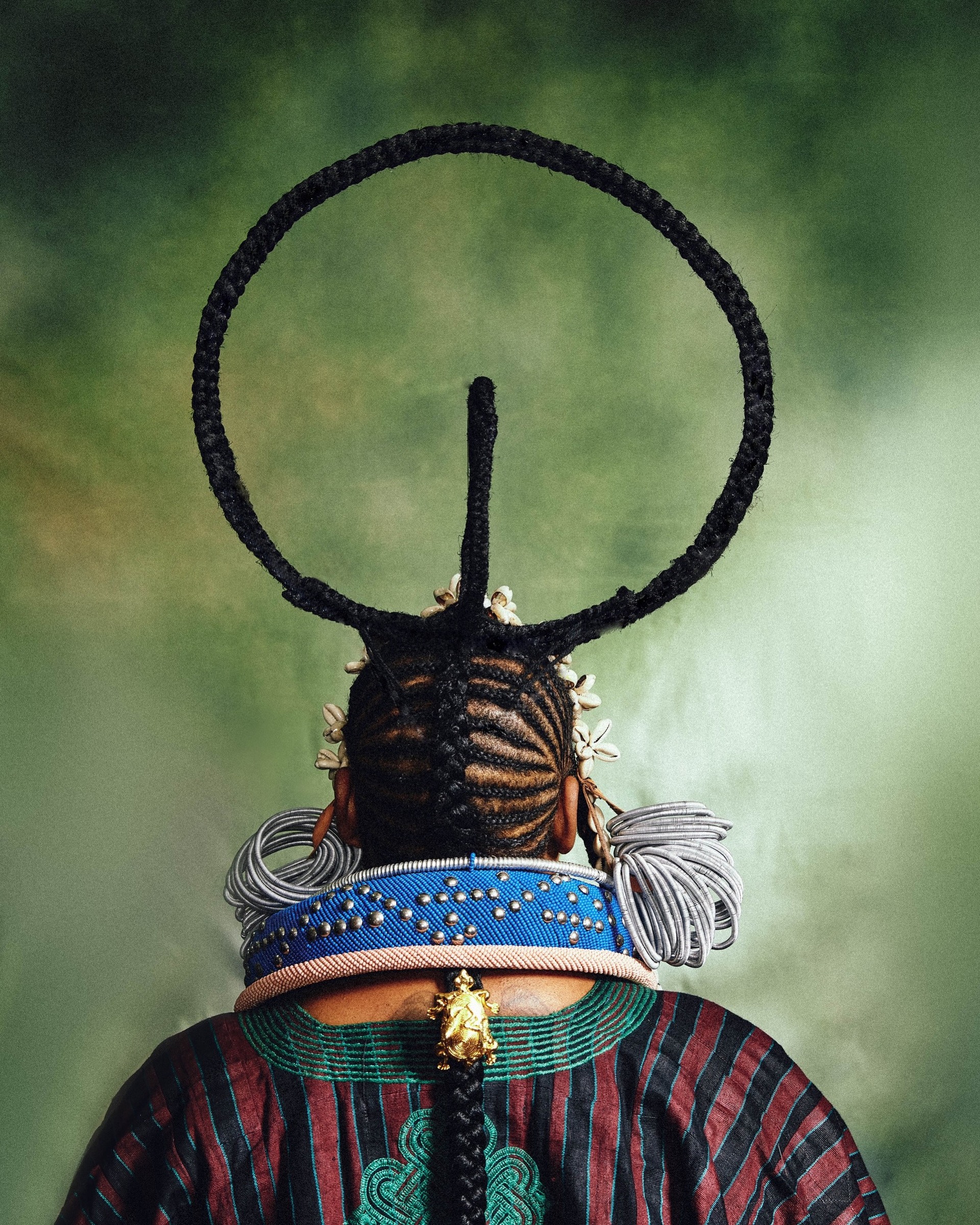


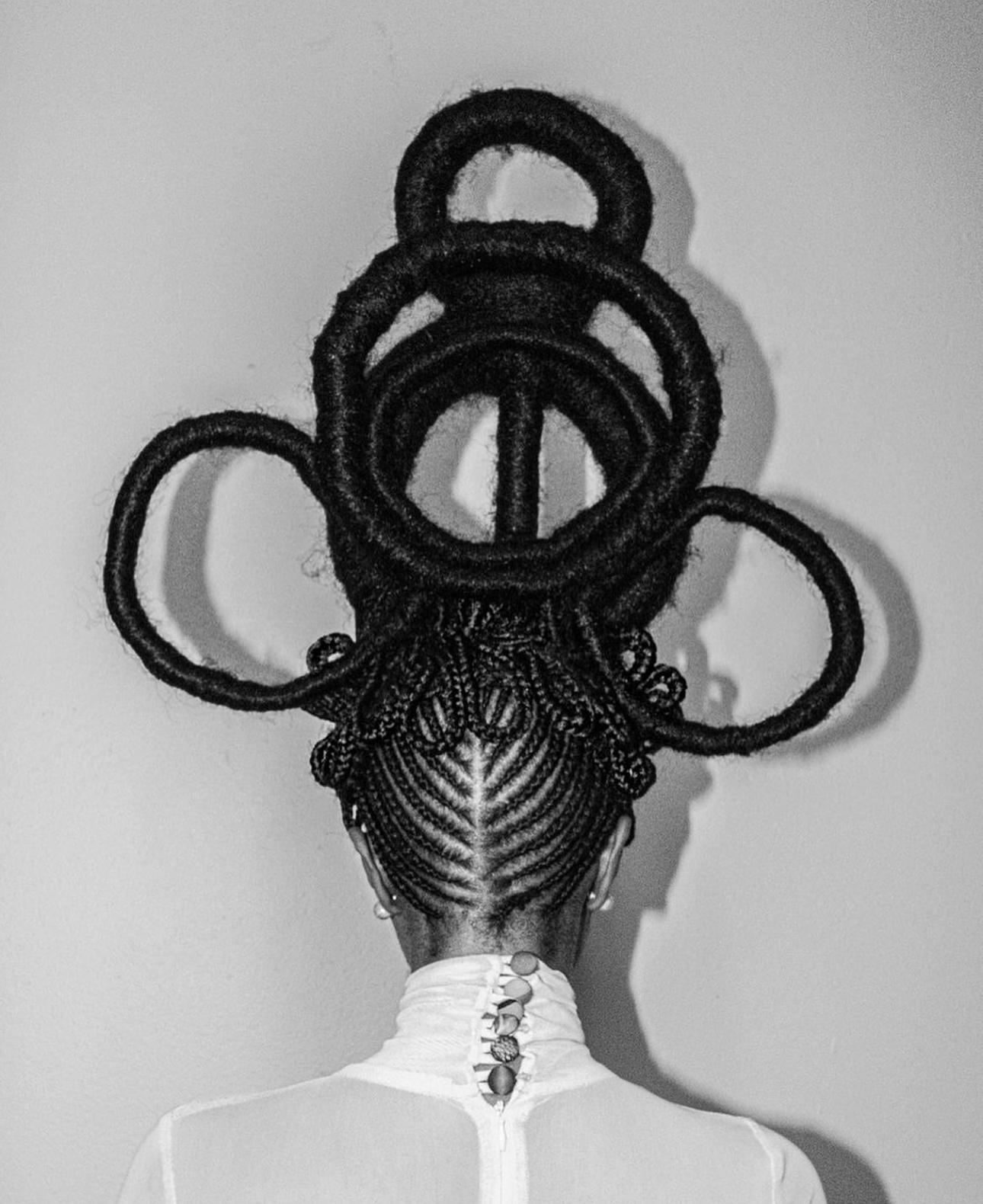
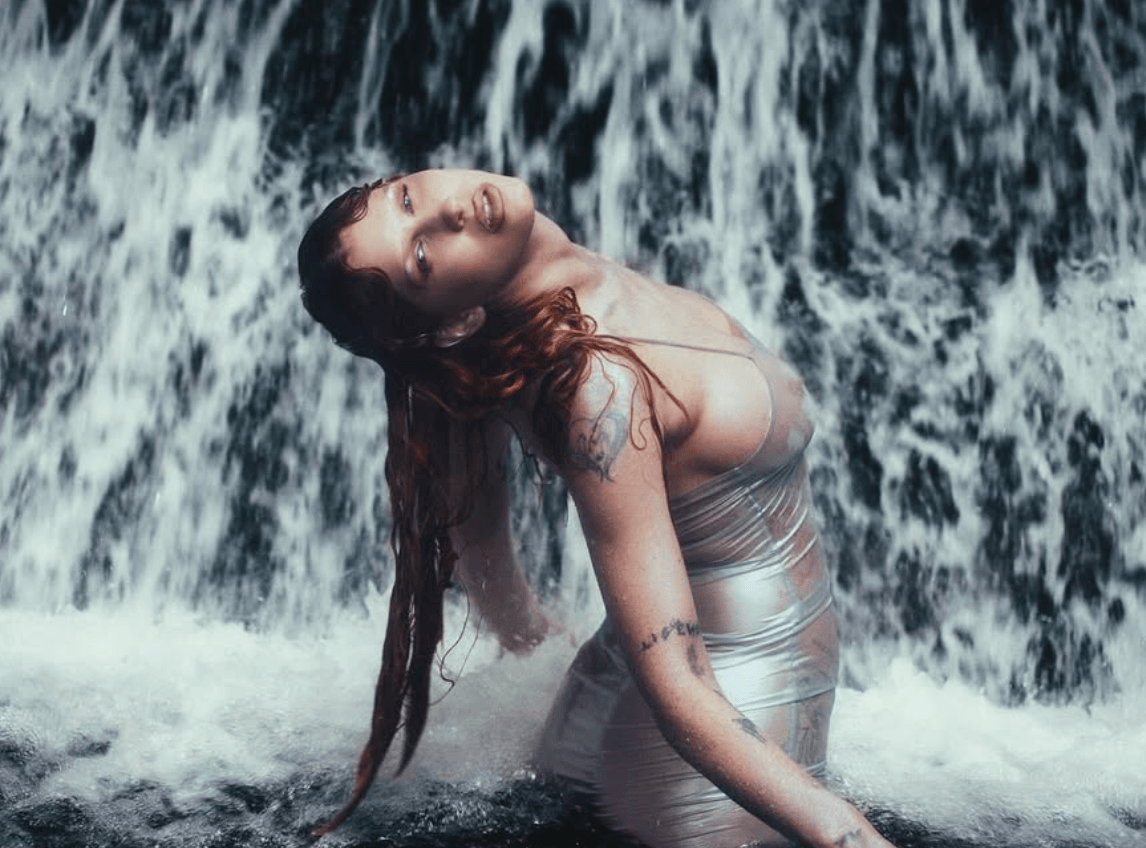
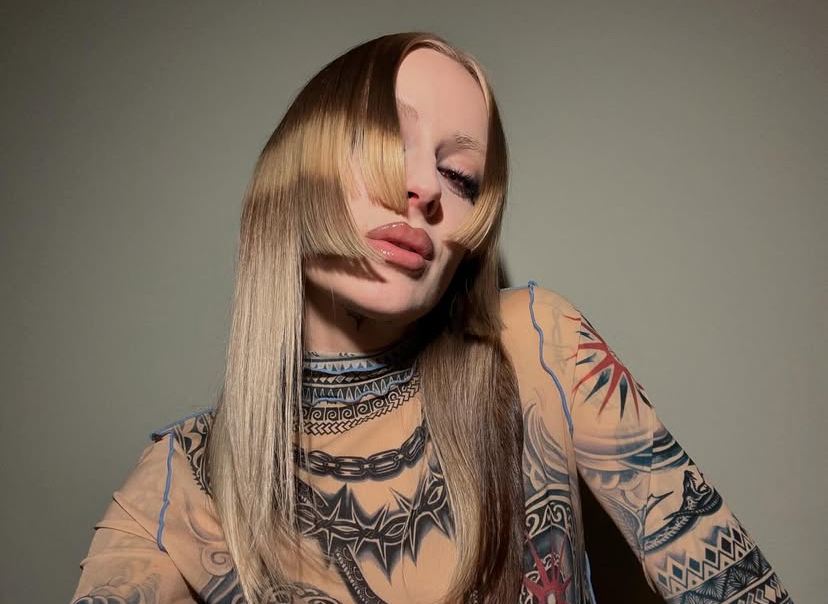
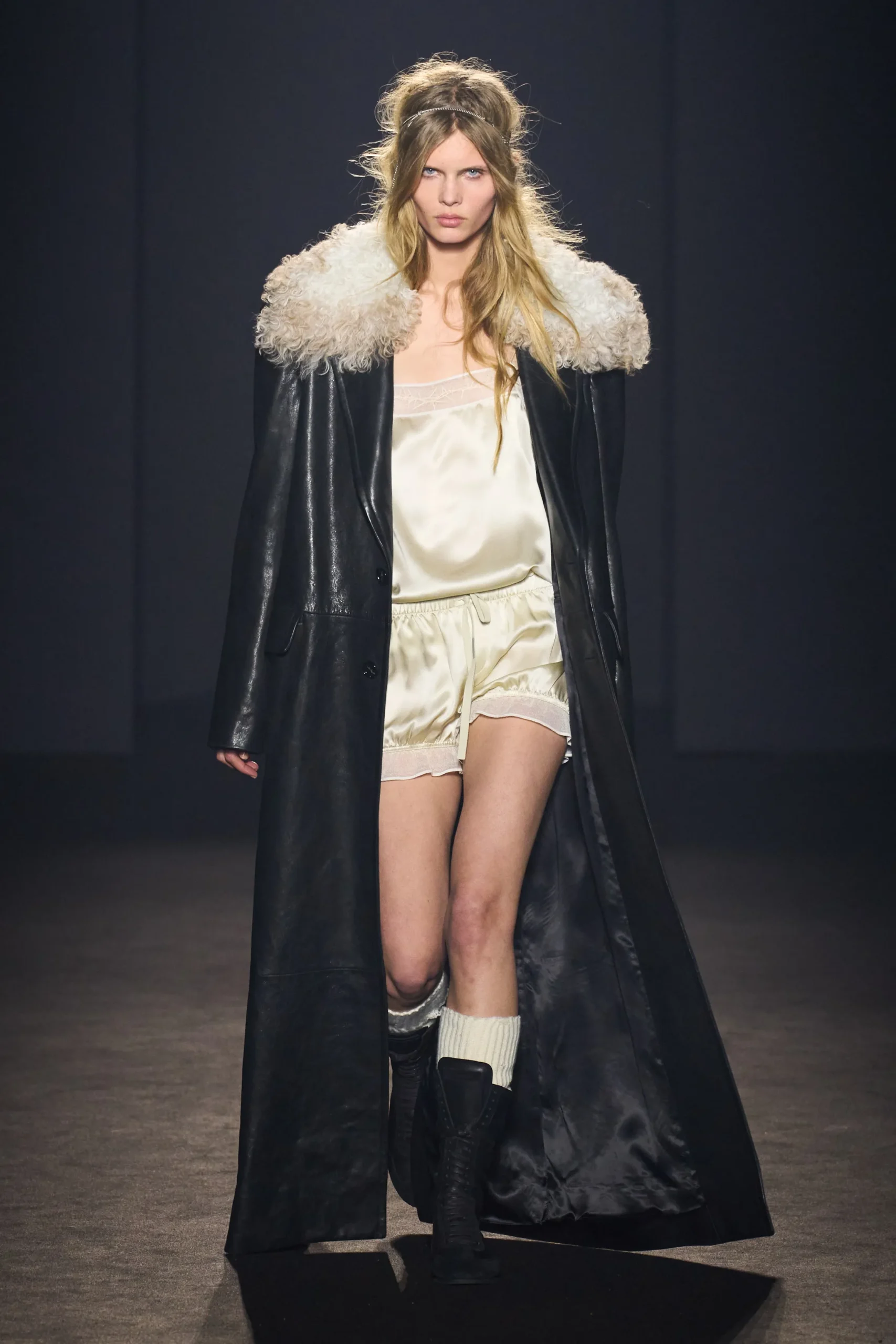
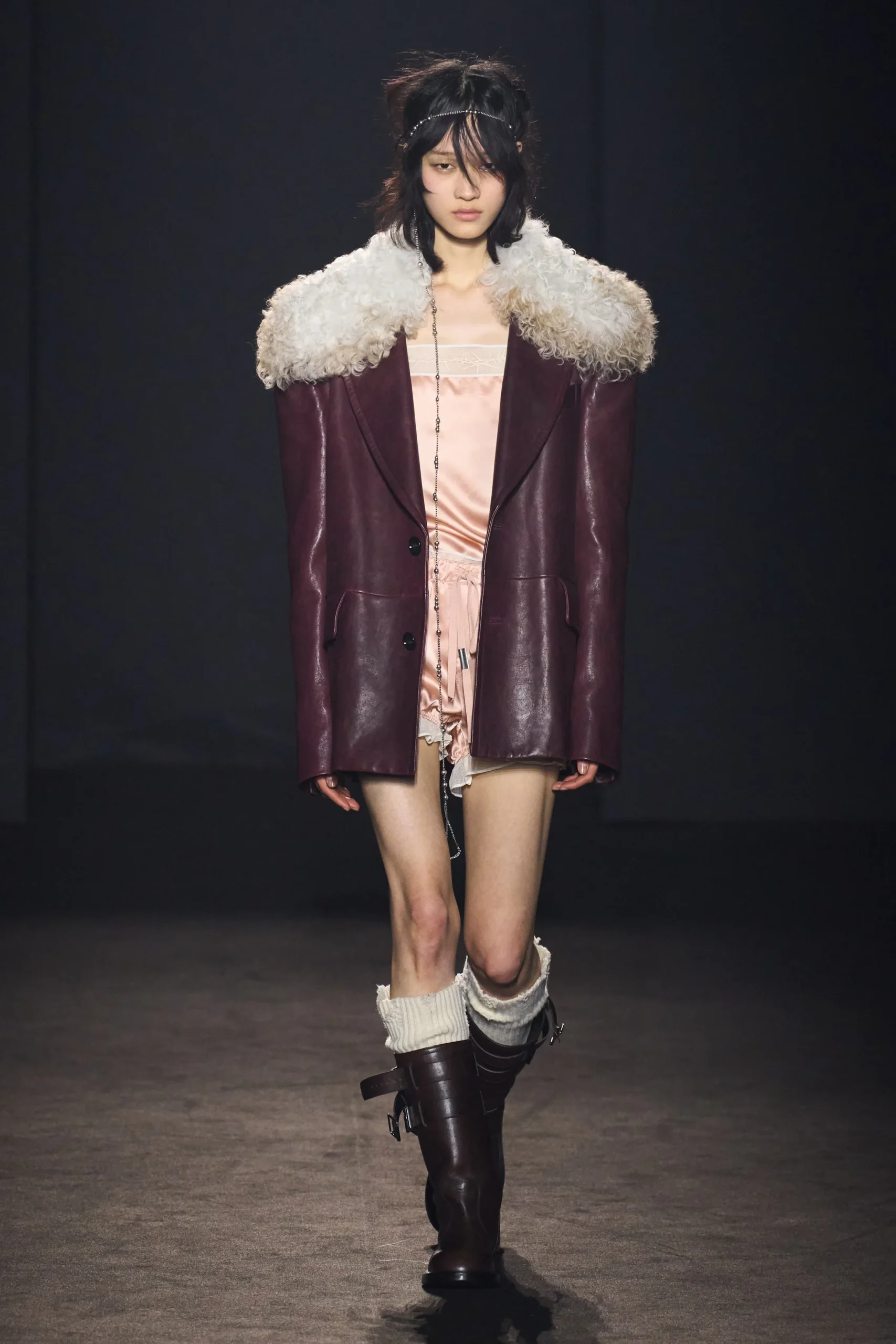
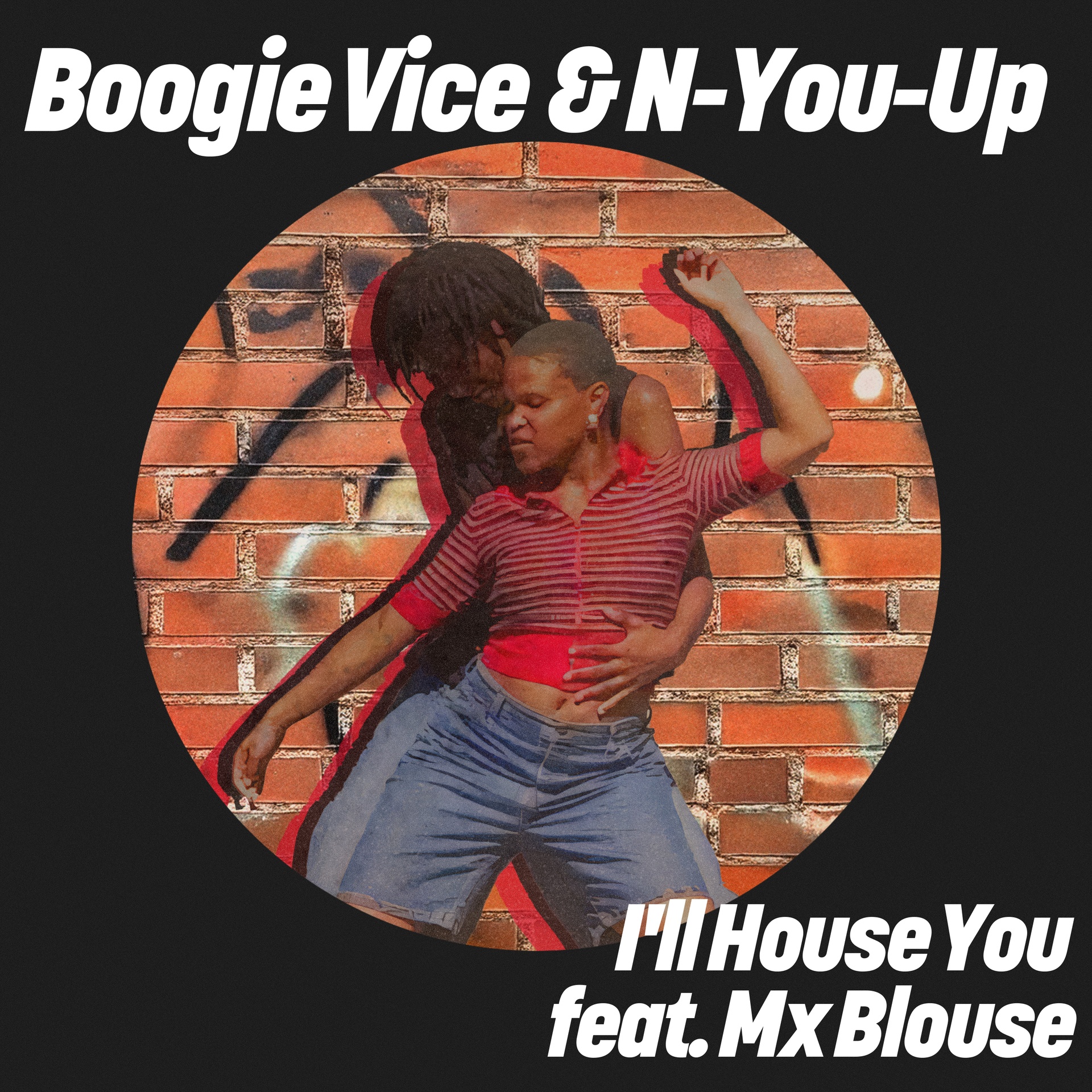
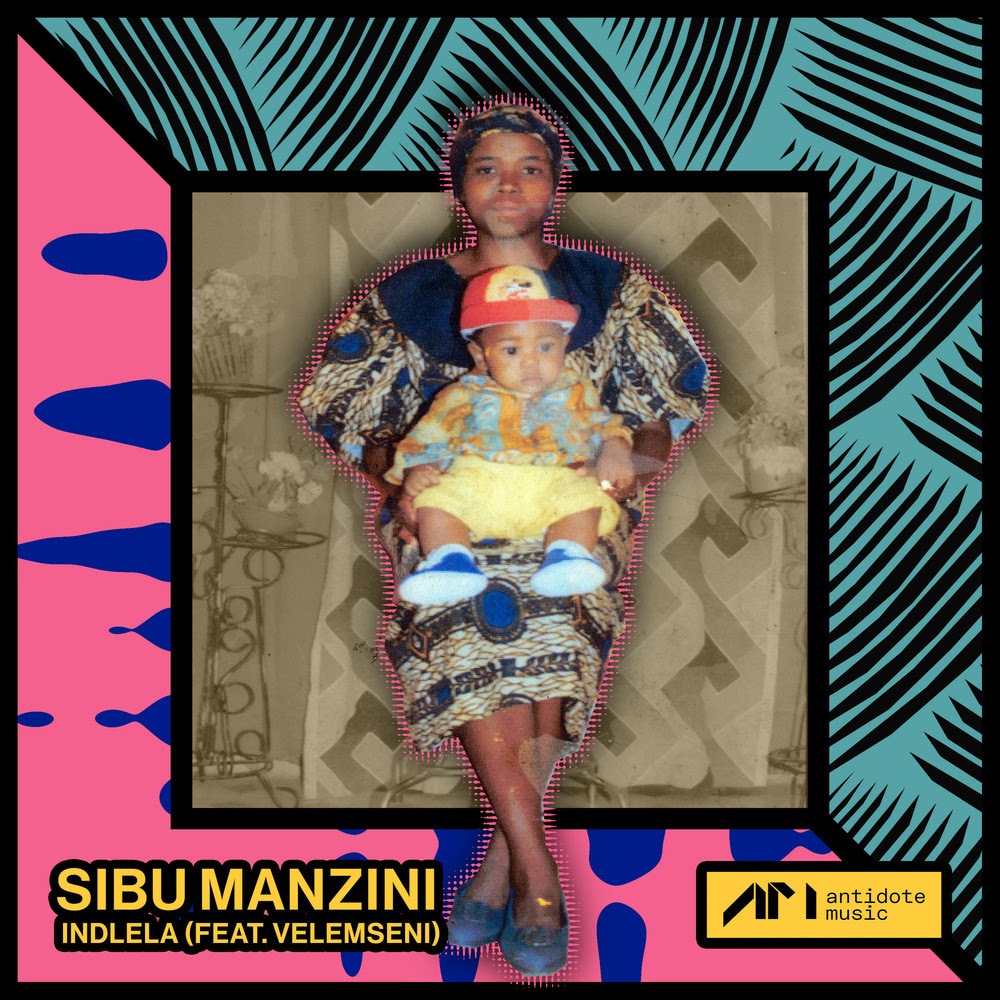
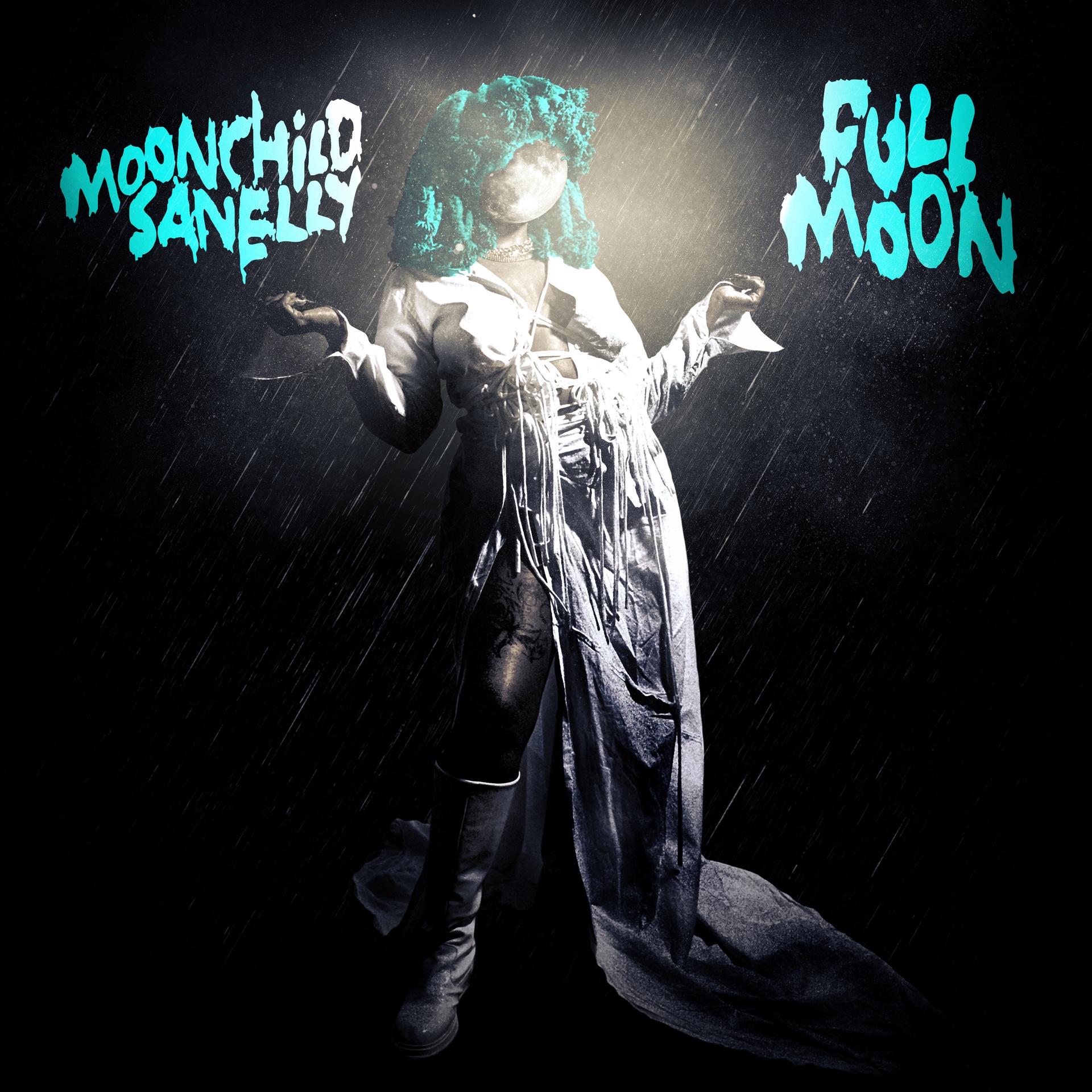
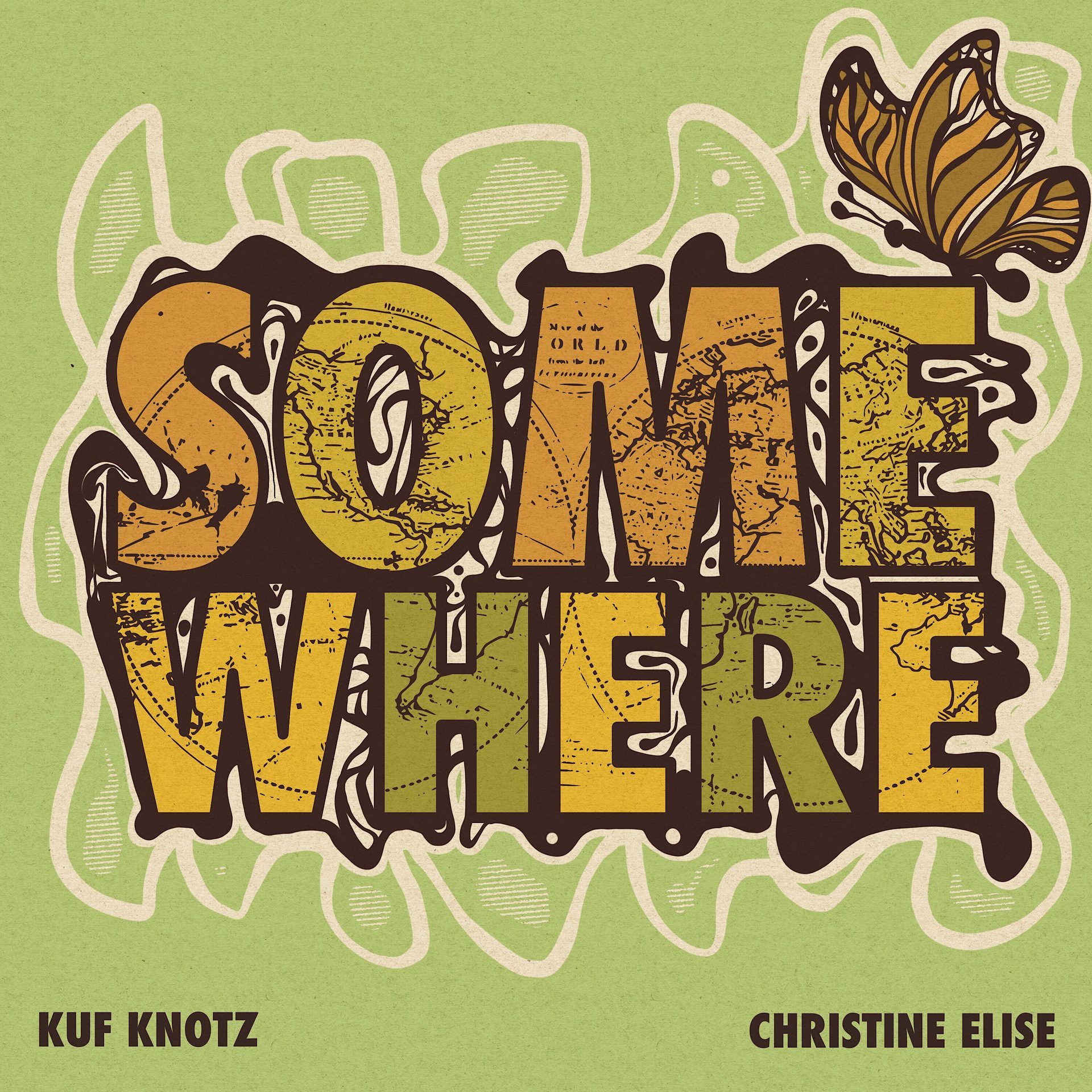
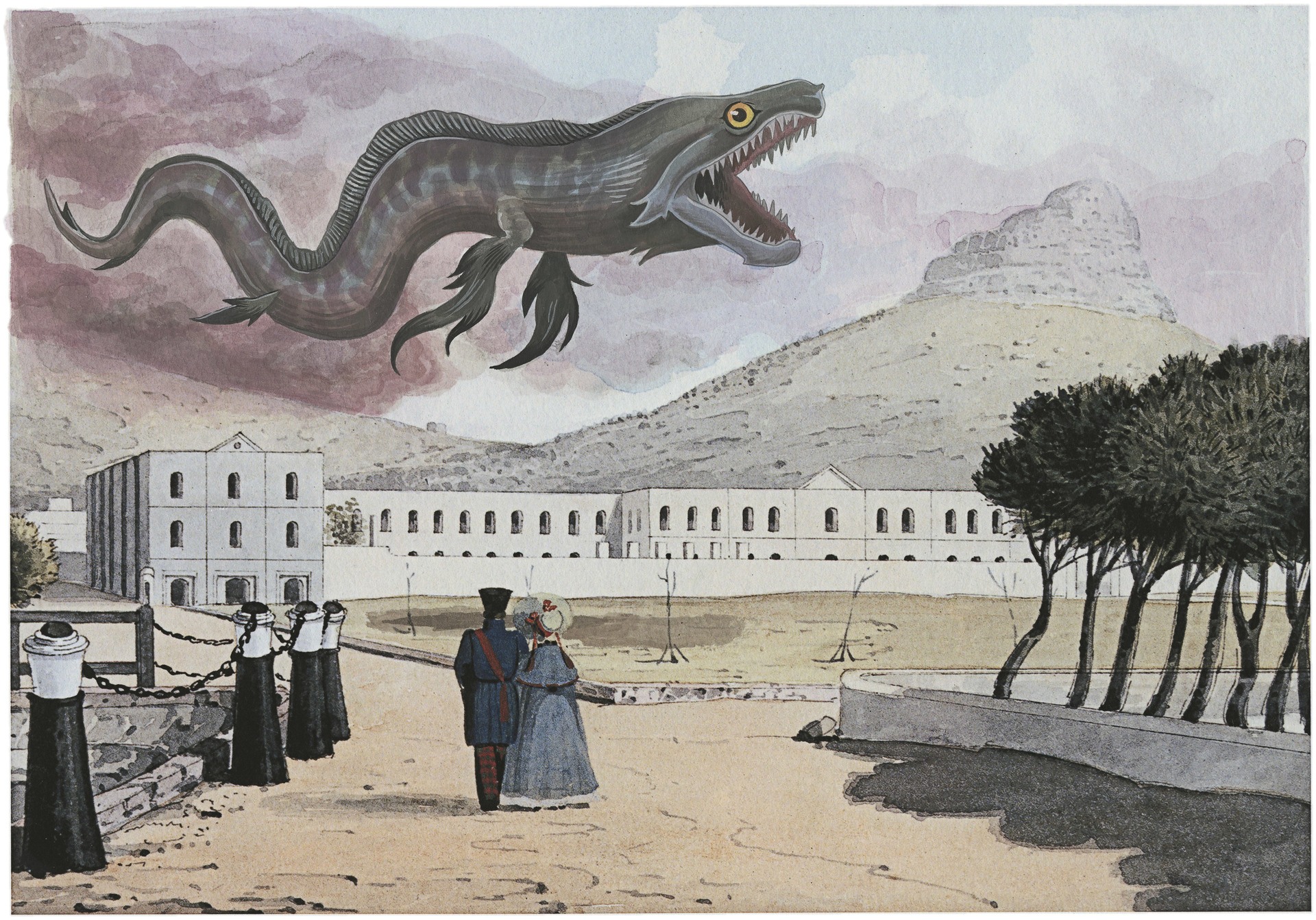
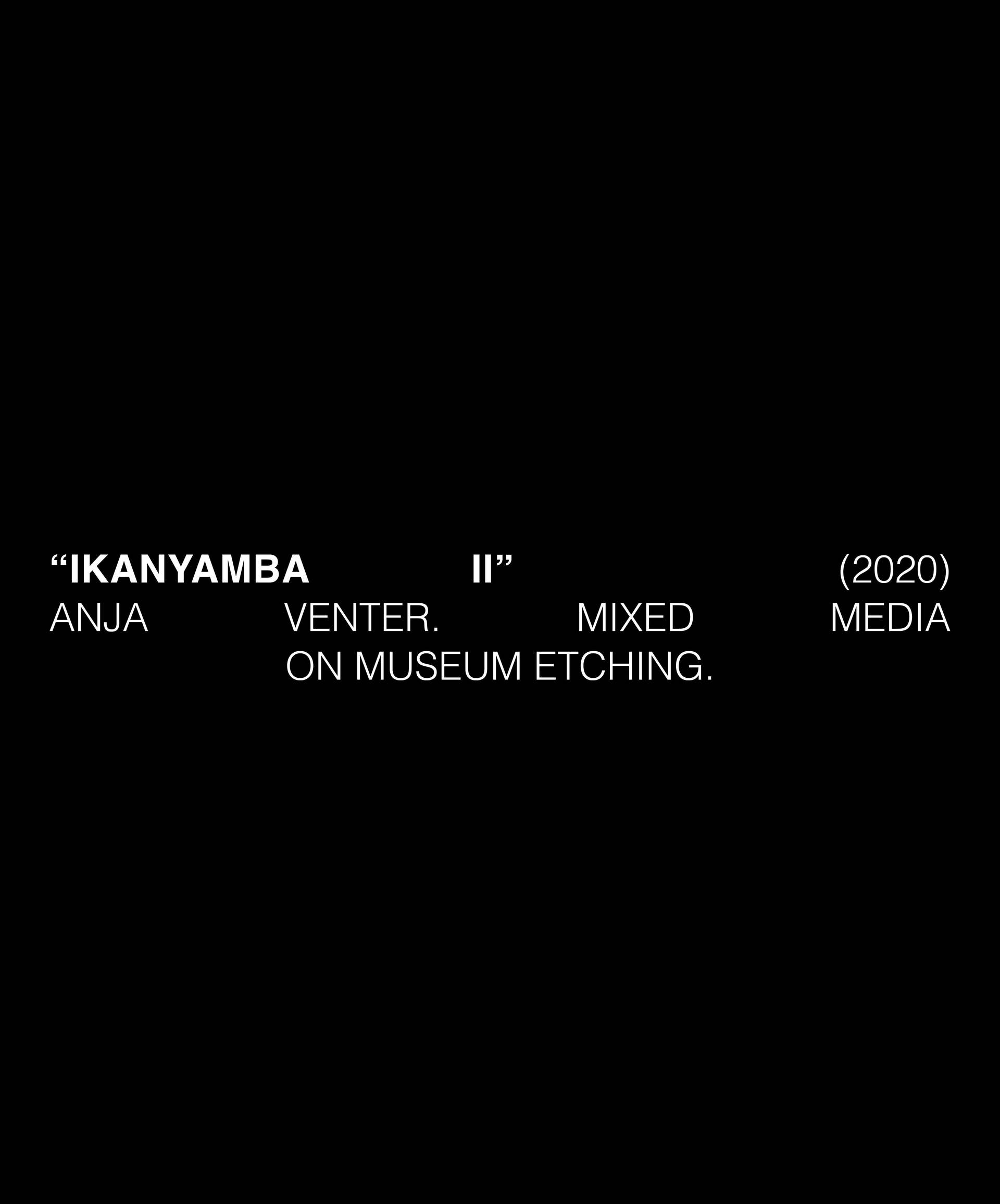
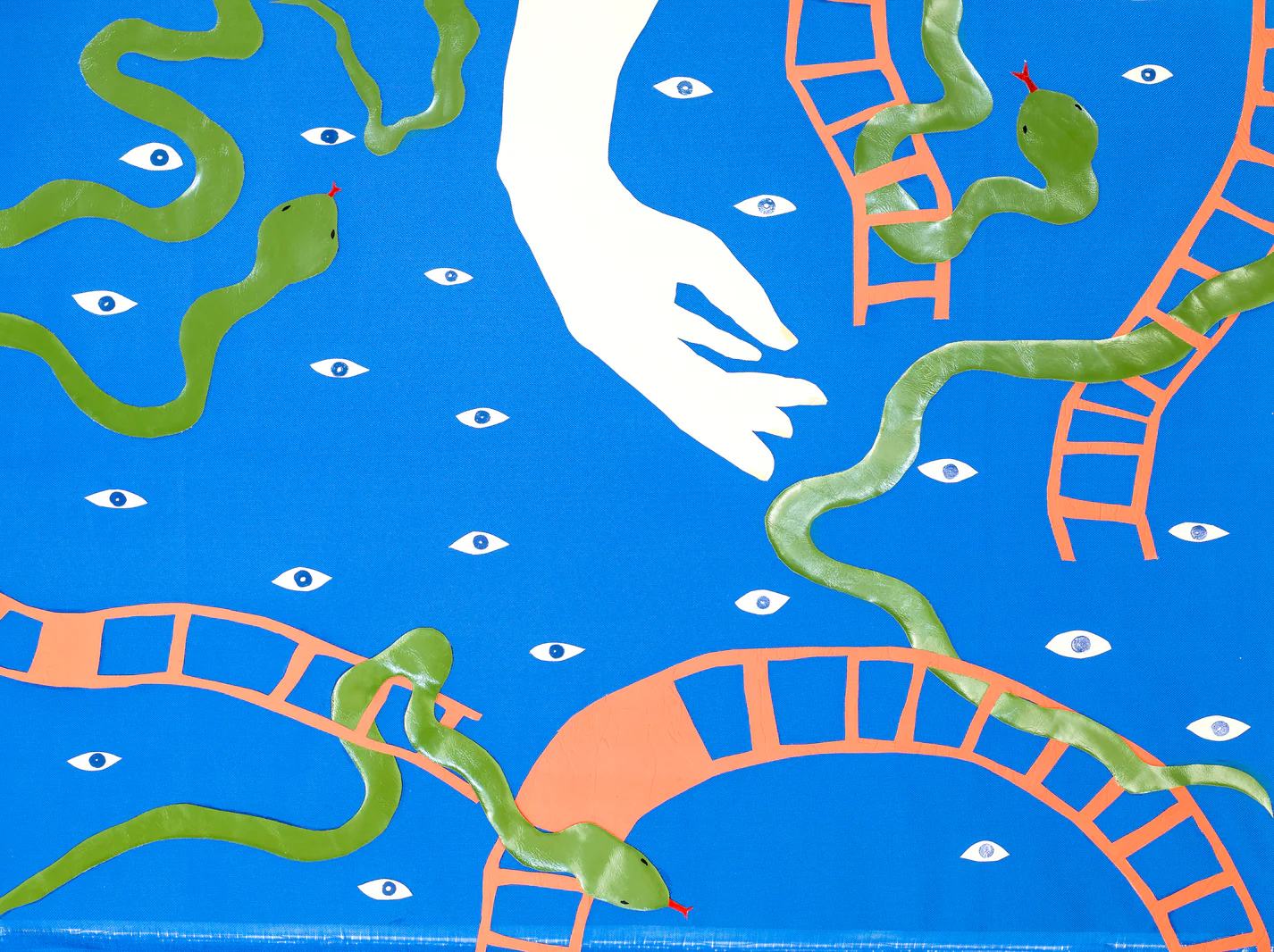

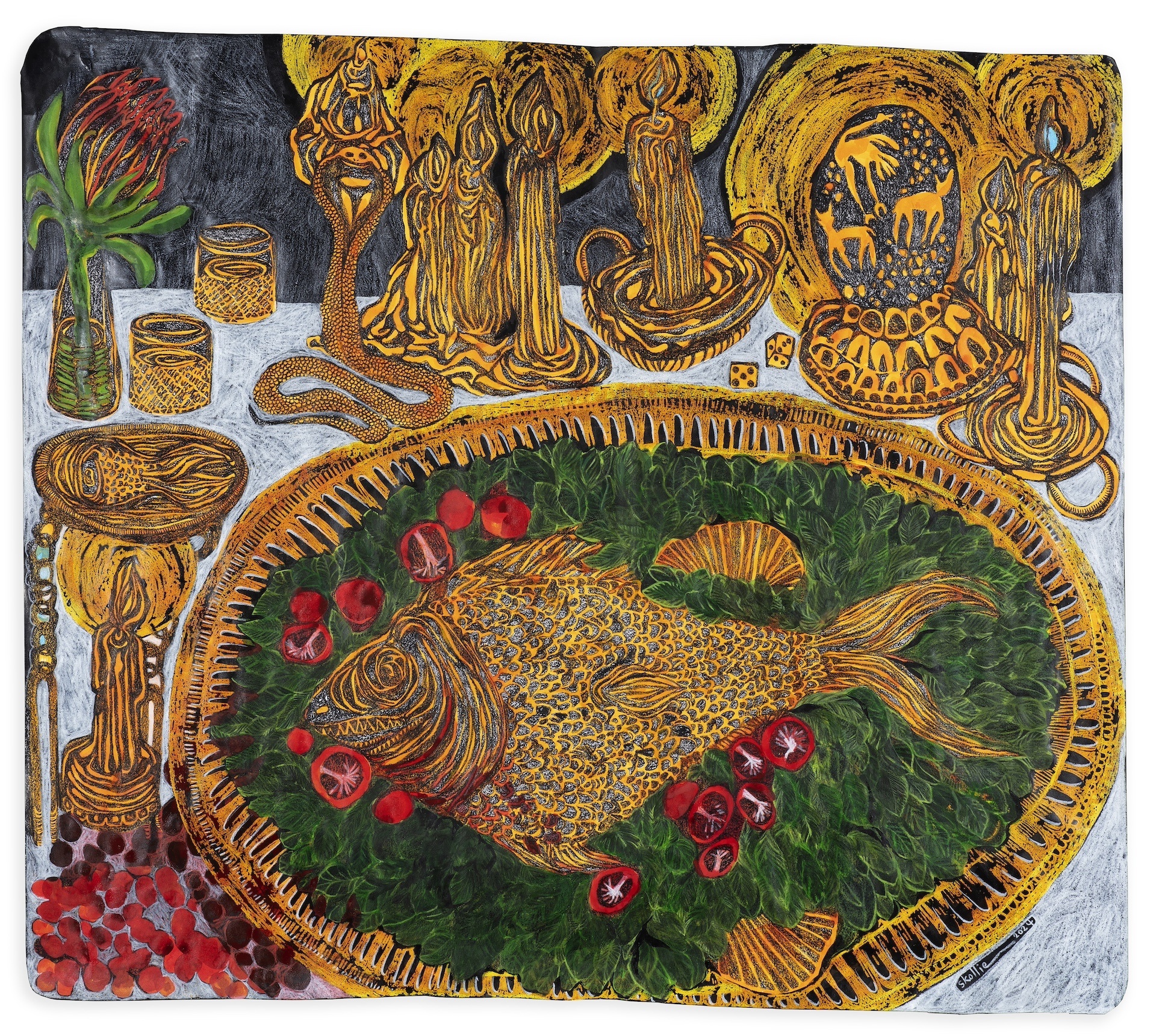
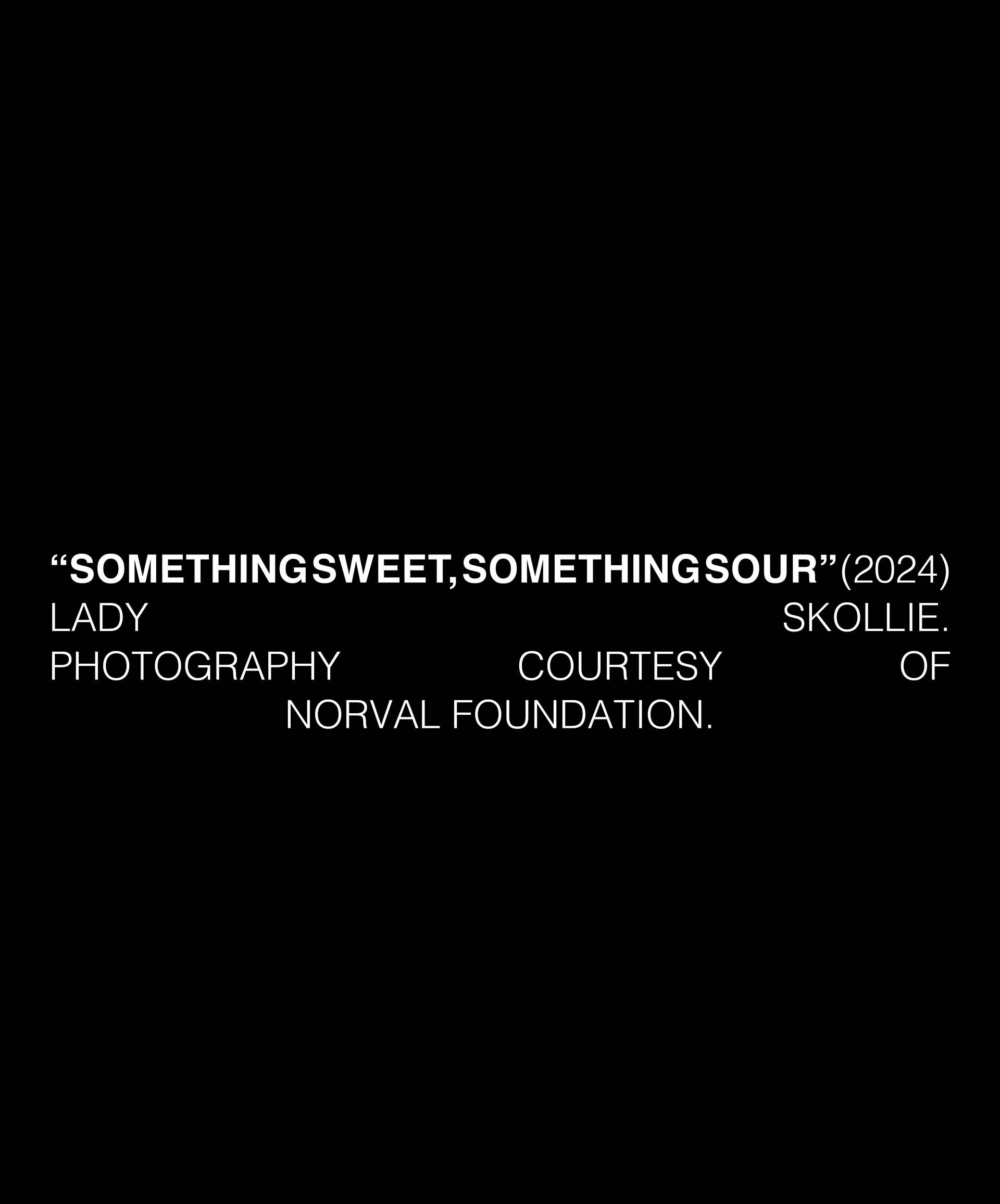

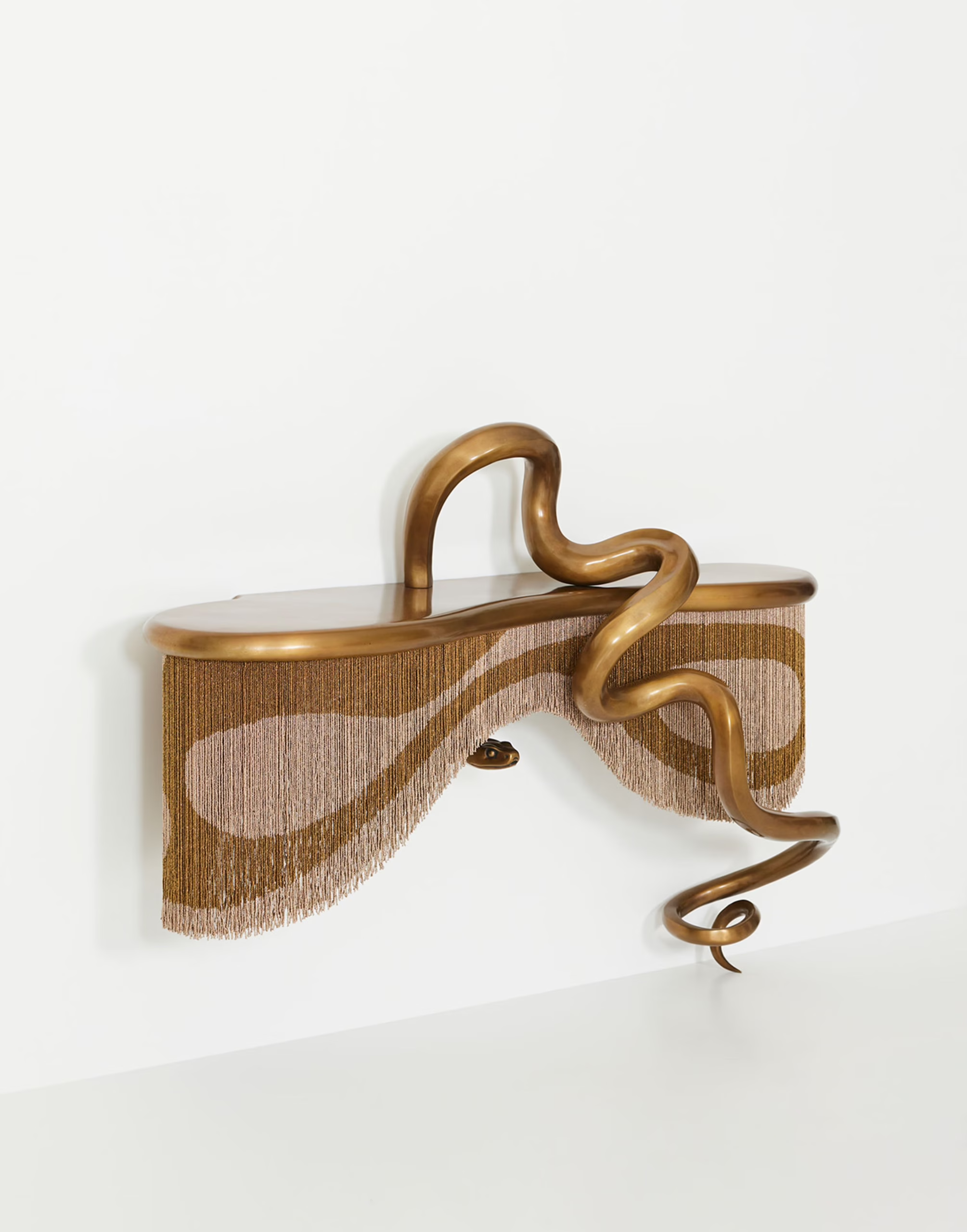
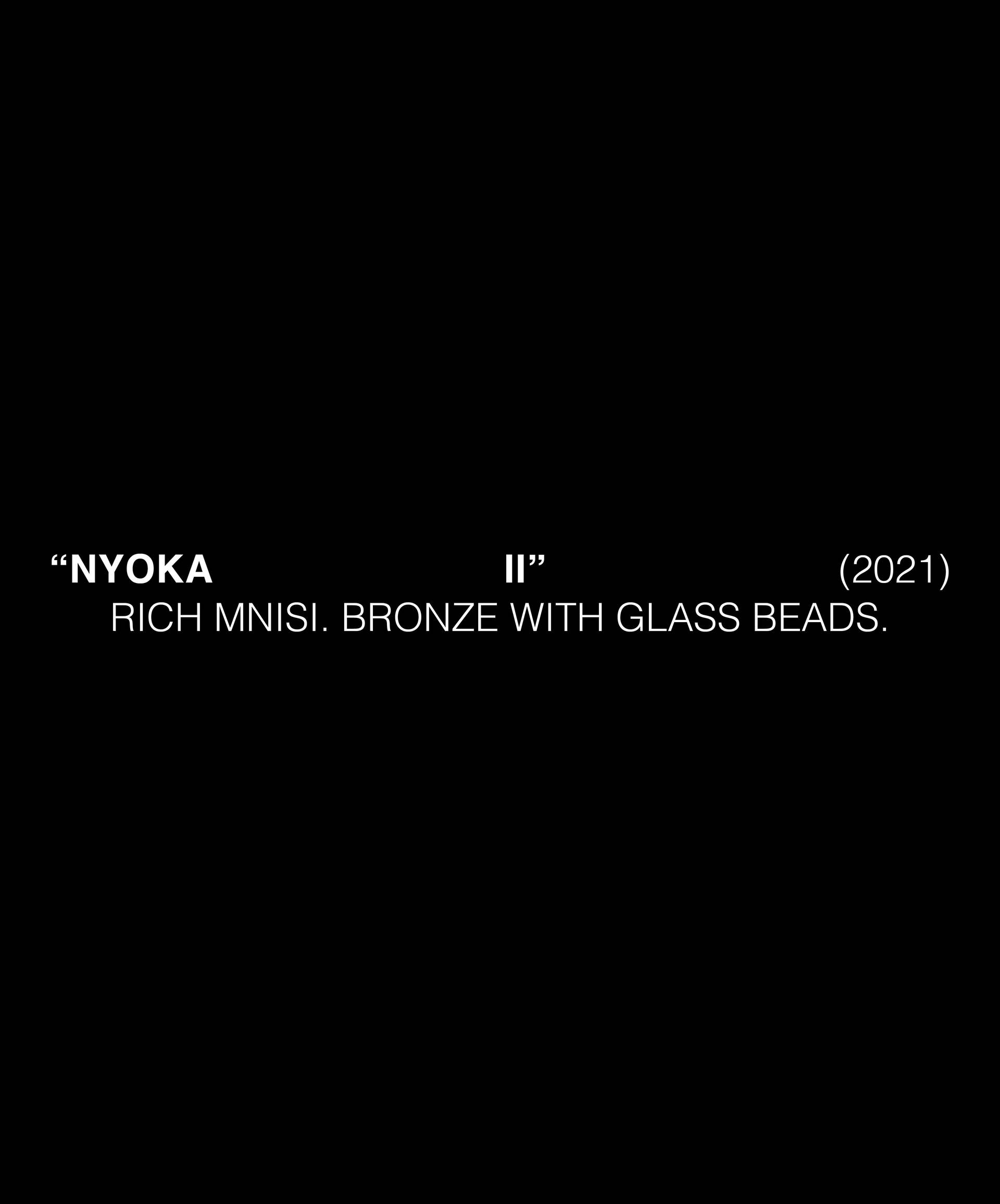
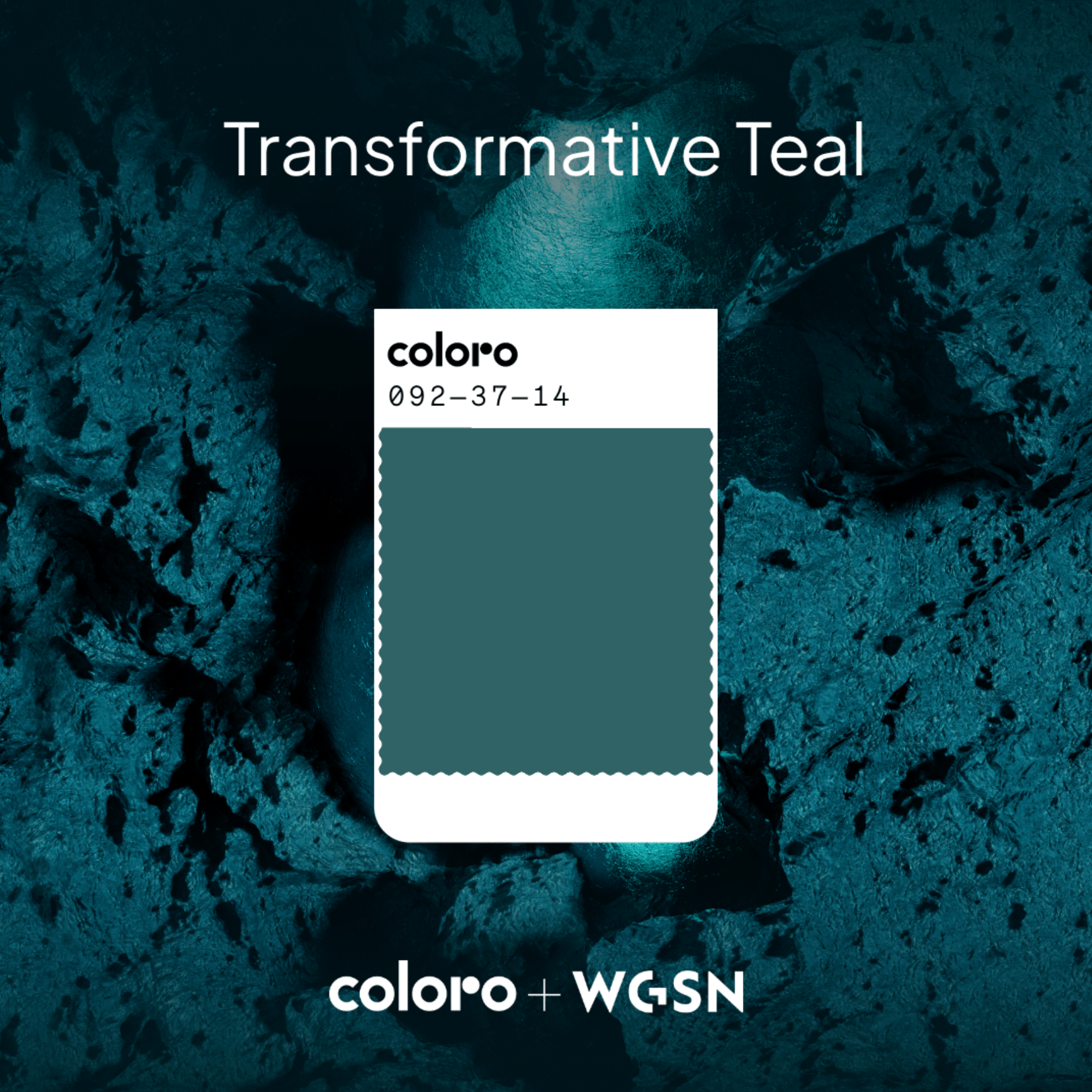
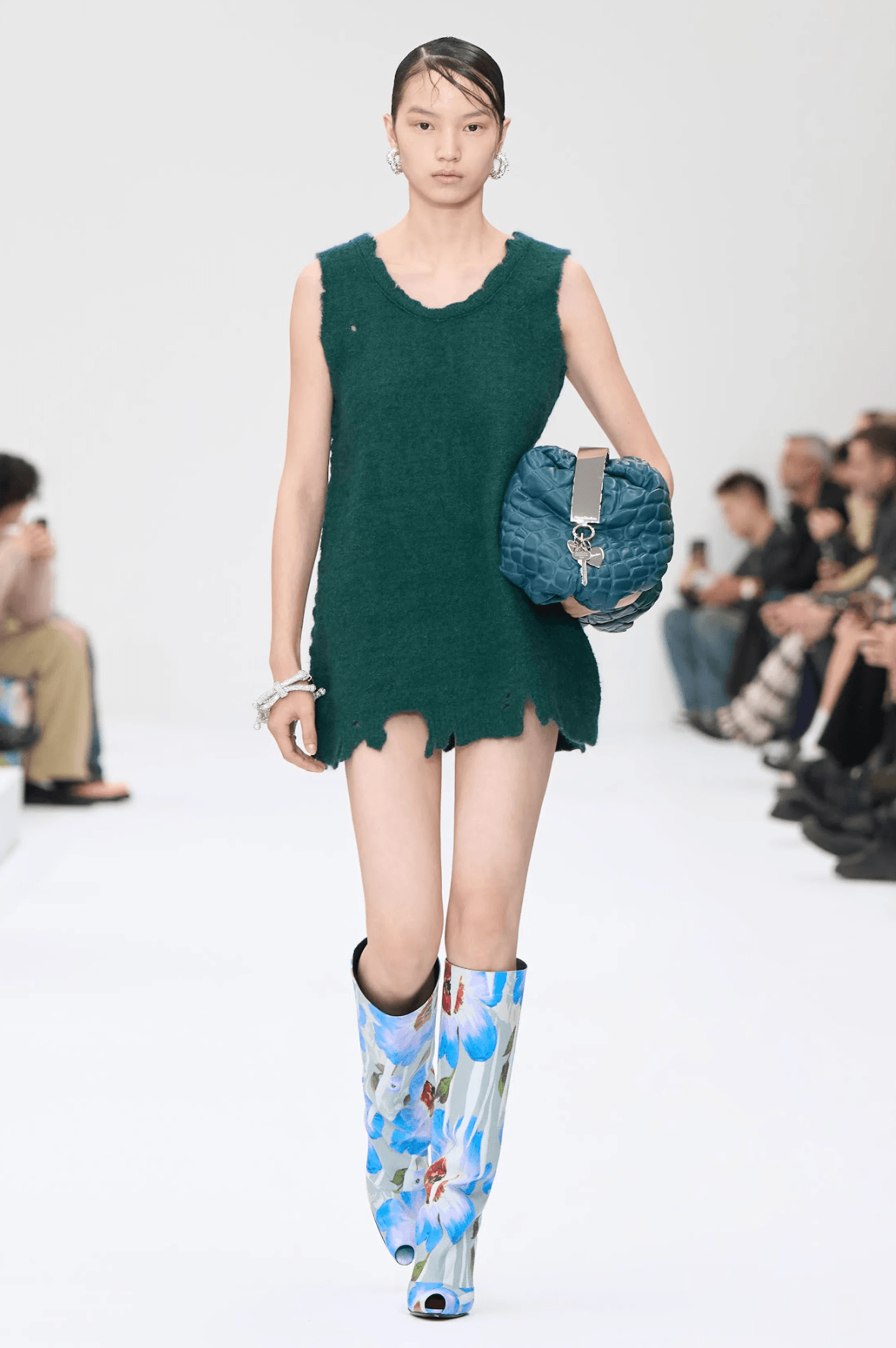
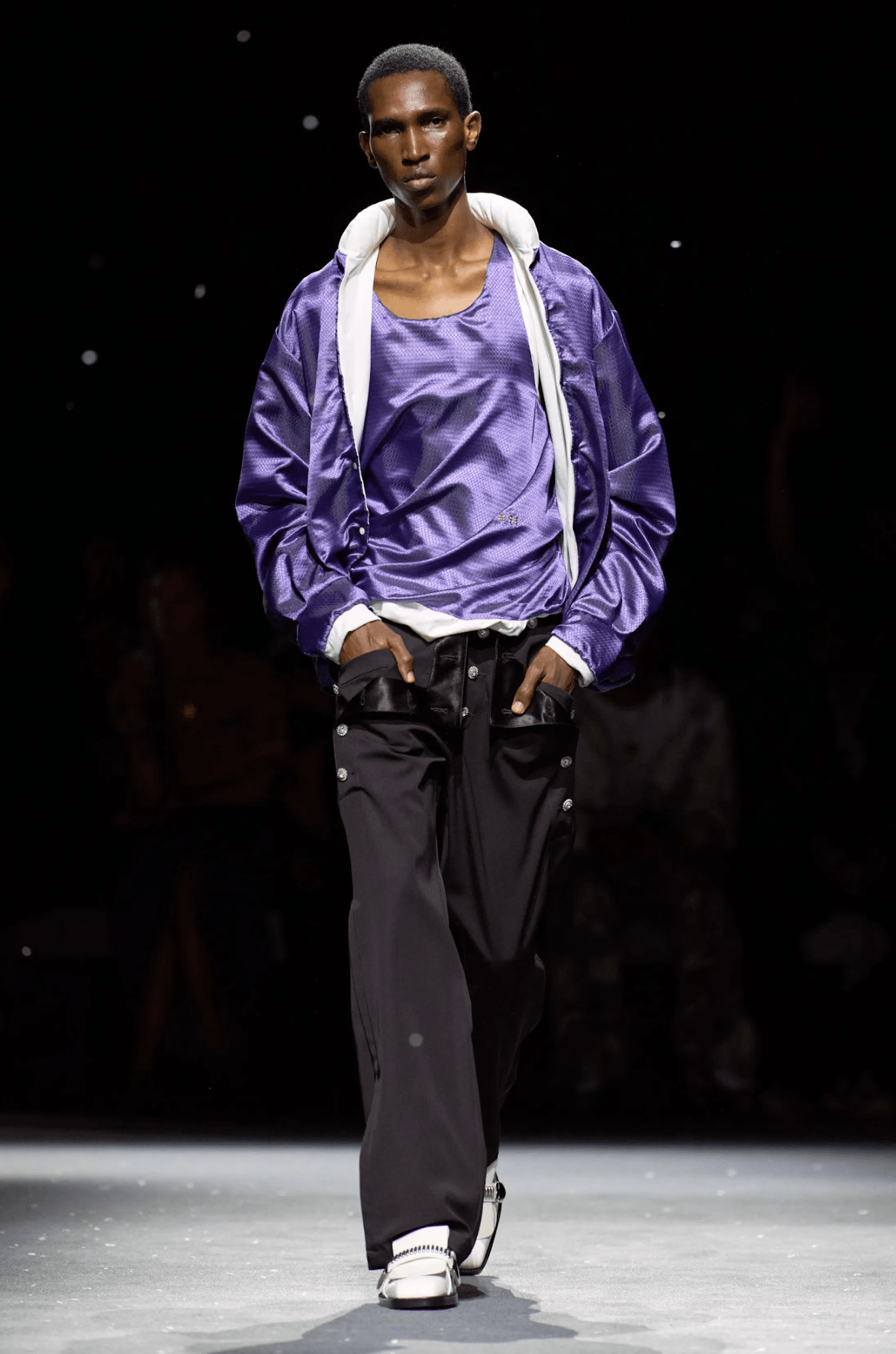





Recent Comments